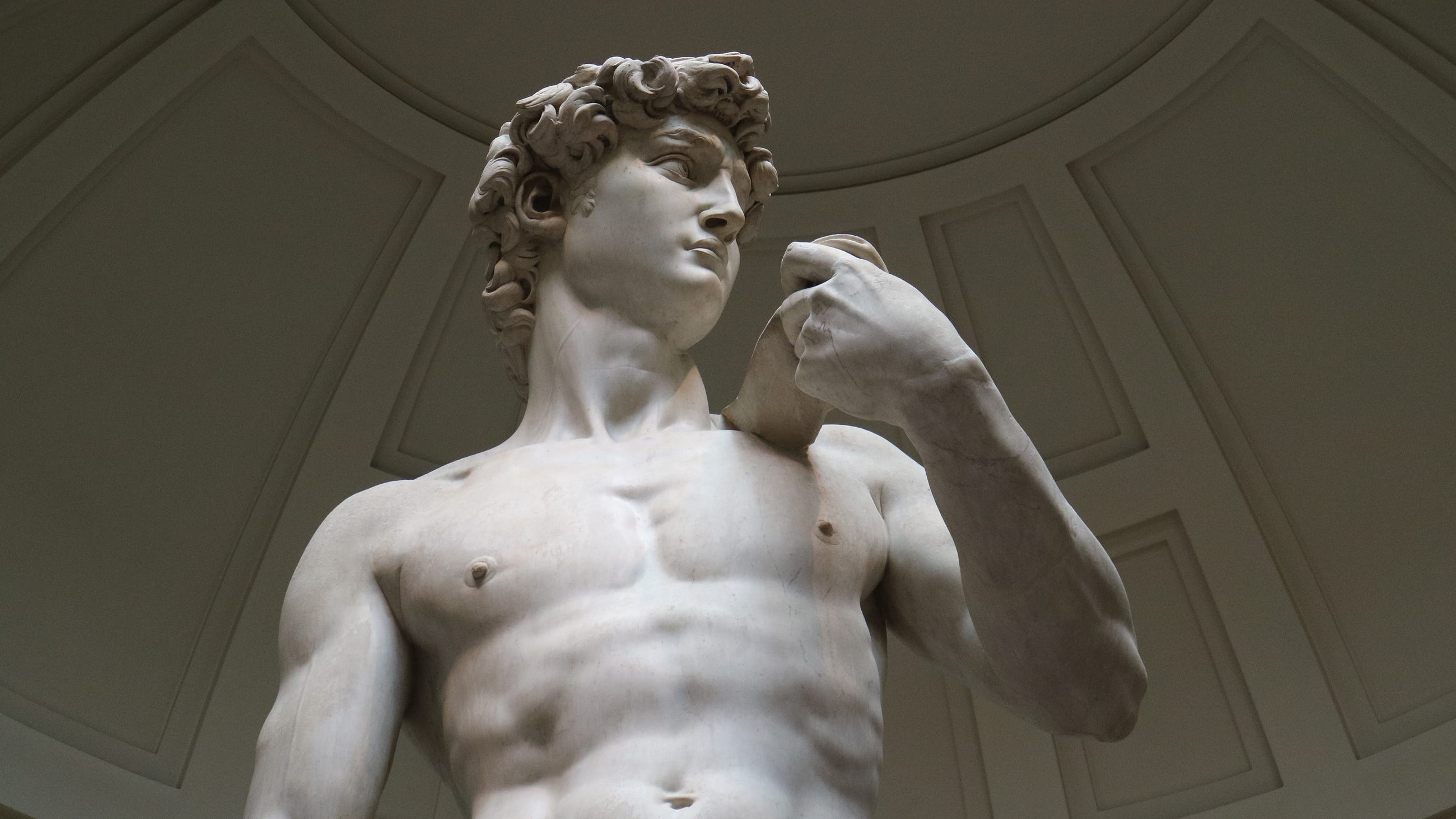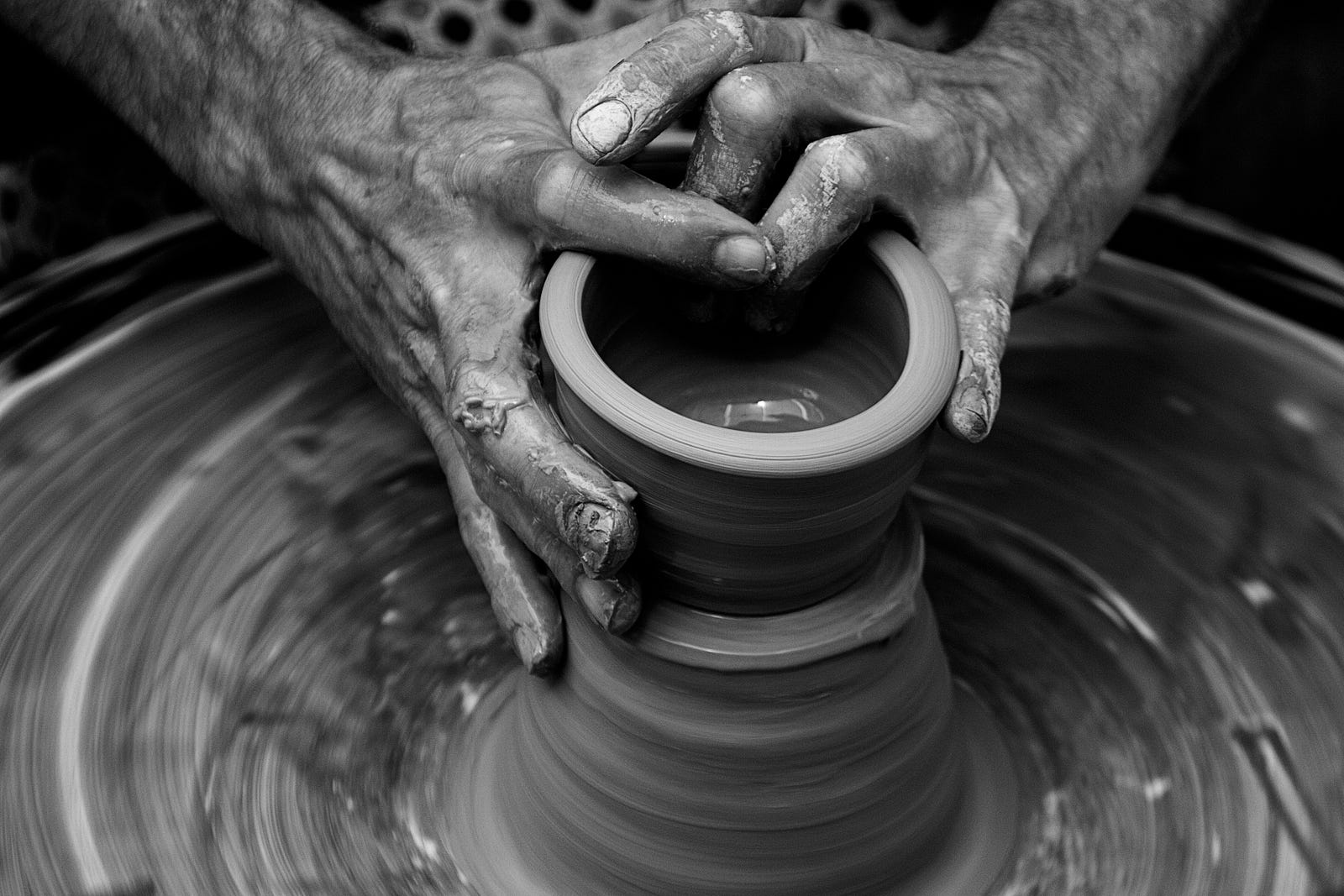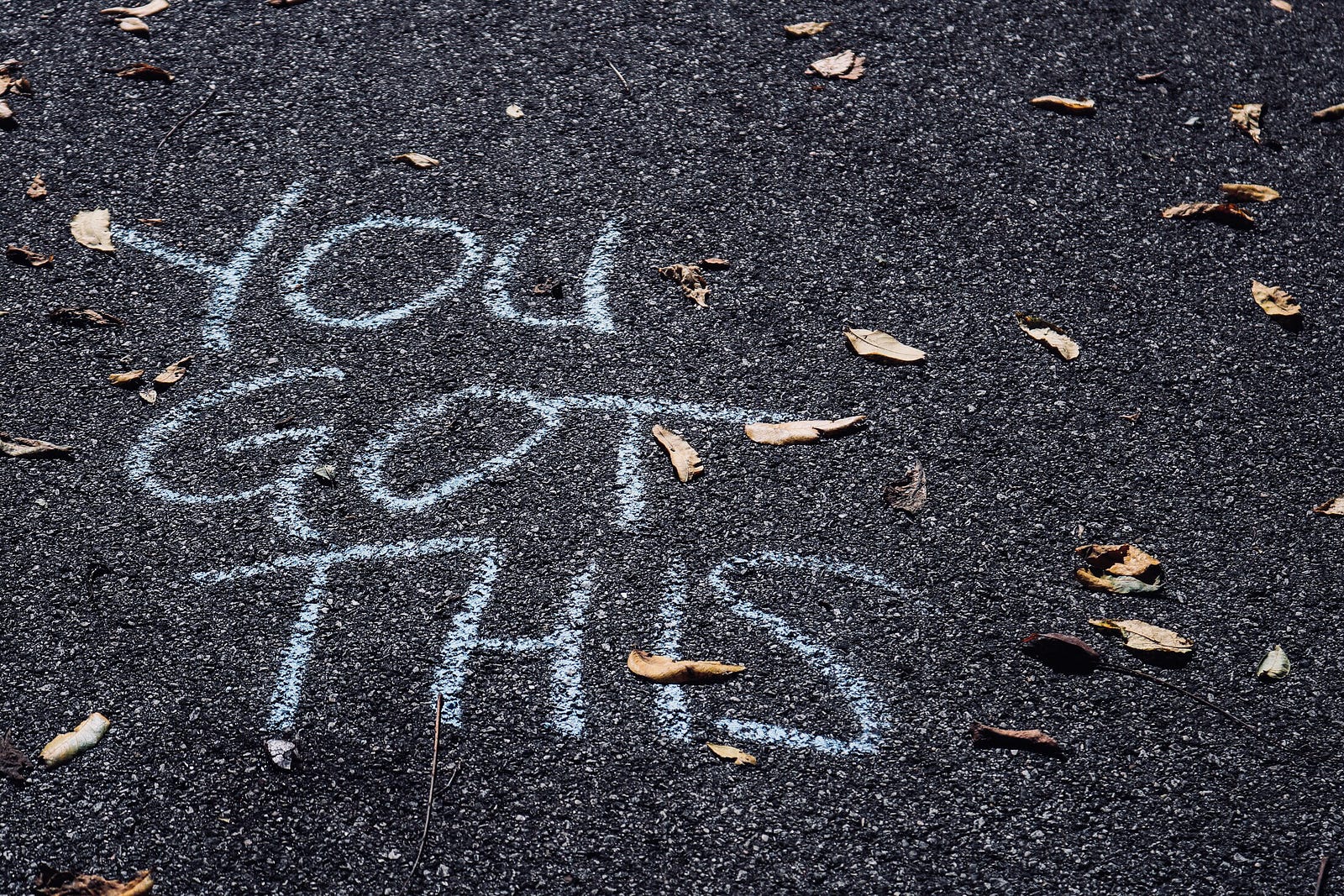And the importance of building one for yourself

I might be weird, but I have an imaginary statue in my mind that sort of looks like me. But instead of being made of Marble like some Greek or Roman adonis, it is made of adjectives and nouns all stacked up in the shape of me. It has helped me to describe myself, it has made me more confident, more powerful, and happier. You need one too.
The Art of Knowing Yourself — Two Steps to Confront your Truth

Through some introspection, I have learned how important it is to have this statue. To understand what it is about myself that is central to who I am, and what it is that is part of me, but peripheral.
The descriptors within my statue that are most important to me are central, near my core. They also take up more space in the statue. Those less important to me are found at the edges of the statue and smaller in size. You can fit much larger words in your chest than you can in your fingers.
I think we all need one of these statues to help guide us through life. I’ll tell you how and why I made mine.
Values are like fingerprints. Nobody’s are the same, but you leave ’em all over everything you do — Elvis Presley
1. Find your Core Values
I maintain, the single most important personal growth exercise I have done, is to determine my personal core values. It has changed my view on life, it has changed how I interact with people, it has changed my priorities. These values play a role in the statue, but perhaps not where you think.
I use Brené Brown’s values worksheet from ‘Dare to Lead’ as the template and ask them to circle all the words that jump out to them as personal values. When I do this exercise with others I force them to drill down to two core values in a request for them to be really reflective about what is important to them.
Oftentimes people go through and select around 10 or 15 from the list, then have to be really reflective about what is important to get it back to two. Sometimes people end up with 3, but you should always be able to get them that refined.
The key step is to then write a personal definition for that value. This cements in your mind what it is that is important about that value. I’ll give you an example;
When I conducted this exercise at work, I had someone come up to me and say;
“I am not sure how I can create an environment in which I can live within my values at work”.
We sat down and had a chat. She was a high-level manager within the organization and one of her personal values was Freedom. When I spoke to her about her definition, I expected her to talk about campervans, campfires and no constraints (the story about Freedom that went through my head).
If she said this I knew I was going to struggle to help her. But when she defined it, she said that she wanted freedom from criticism for her choices. This was far from what I thought she was going to say, but I could work with that. We had a good discussion about how you can pro-actively create an environment where this is supported. This is why the definition is important.
It is imperative that you determine your personal values. Not your personal work values, or personal home values. Your personal values.
I’ll explain how they fit into your statue soon.The Three Essential Things to do When Leading Through Crisis
Confront, Assert, Connectmedium.com
2. Naming Yourself
The second step to describing your self is to write the things that are important about you, to you. What is it that you can say about yourself that is important to you? For instance, one thing important to me is being a father.
I call this exercise Naming Yourself.
Start writing a list, this list is how you define yourself. Here are some of mine;father, loving partner, supportive, sporty, competitive, deep-thinker, leader, engineer, compassionate, valuable, kind-hearted, son, energetic, etc..
This exercise describes you — to you.
What you choose to write down here you may know to be true, or it may be a little aspirational. In doing this, you have named your strengths. You have named your identity.
You must spend some time on this, reflect on what it is that is really important to you. The types of words you write are the ones that you say to yourself on the inside, or that people might say about you when you are not around, or in your eulogy.
You now have the ingredients to make your statue and to understand how it guides you.
Making Statues

You’ve done all the hard work, you have all the information you need to assemble your statue, except how you prioritise your words.
Once you really know yourself, can’t nobody tell you nothing about you — Megan Thee Stallion
My statue is filled with those words that I associate with my identity, words stacked on words that assemble into the shape of me. The easiest word to identify in that stack, because it takes up the biggest space right in the center of my statue is Father. Since it is really important to me, it is large within that statue.
This is important because if you prioritize certain things in your life, you have to make other parts smaller (to fit within you). Surrounding that word is things like a loving partner, supportive, sporty, competitive, deep-thinker, leader, engineer, compassionate, valuable, kind-hearted, son, energetic, etc…
These words are the elements of me. They will change in shape and size over time, new words will be added and others might disappear.
But if these words are my muscles and organs of my statues, there needs to be something that they run on. What is their energy source and how does that energy flow?
The energy source for my identity is my values, and they create energy and that energy flows through my thoughts, actions, and environment.
If I do not choose to think about things in this way, that my values drive my thoughts, actions and behaviors. My body, those words comprising my muscles and organs in the statue, will not function.

You have a Statue — now what?
I’ll give you two examples of how my Statue has helped guide me through difficult times.
First — Divorce.
I put my statue together when I was going through the separation. Untangling the relationship was difficult, but the hardest part was coming to terms with being a part-time father, the center of my statue was being attacked.
When I was separated, I felt like that central part of me was shrinking, being diminished by my inability to be available for my children as much as before. I felt like the statue was crumbling around this weakening at its core.
Then I realized that being a father wasn’t about being in the same location, it was about being available. Present over Presents. A few men I have spoken with struggle with this when going through Divorce.
It was my values that made me realize that this part of me was not diminished, but rather it was changed. My core values are Growth and Connection. I needed to work out how to drive my concept of being a Father with those core values. What thoughts, actions, and behaviors would promote me being a better and connected father, not diminish it?
Without this understanding, I could have easily taken steps in the wrong direction during this difficult time.
Second — Changing Jobs
I struggled with this leaving the Military, suddenly a part of my identity statue — being a Military Officer, was gone. Not changed like fatherhood and divorce, but gone.
That left a gap in my statue, I had to work out what that meant. I have had this conversation with plenty of Servicemen and Servicewomen who have left the military. It is a difficult transition.
The key thing that I did to diminish the impact was to grow other parts of my identity in the transition phase. I’d been writing for a little while, I’d been mentoring for a while, I’d been supporting a highly technical workforce.
So rather than focus on Officer as a big part of my identity, I focussed on being a leader, a mentor, a writer, an engineer. These things grew in my identity as the realization that I was no longer going to have Officer as a large part of my identity.
When I transitioned to my new job, with a new employer, I took those things with me when I couldn’t take being a Military Officer. I will always have it as part of my identity, it has been such a large part of my life, but it is no longer central and integral.
I have used my statue in many small and large ways since I built it. I have to spend time acknowledging any changes to the construct of my statue as they occur. I also spend time re-evaluating and re-enforcing those central attributes, knowing and naming my strengths. I can then speak to people about what is important to me and why.
Build this, build it well and you can improve your confidence, resilience, happiness, alignment, and authenticity.
I wonder what words are in yours?
I am a writer with a passion for leadership, growth and personal development. I try and create a spark, a little idea that nests inside and kindles your aspirations. Reach me at leonpurton.com
How To Become a Better Mentor in Three Simple Steps
And why you shouldmedium.com
How to be a great leader by balancing tension
Why it is hard, and why you should trymedium.com
